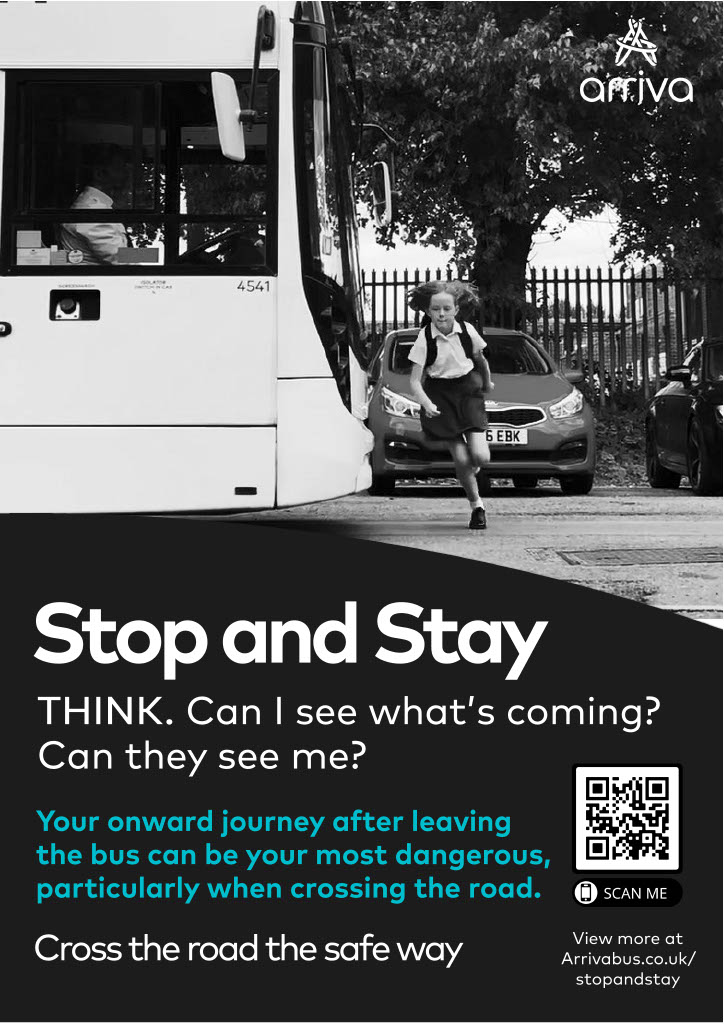What’s the biggest challenge you face as an operator this year? I’m sure I’d get many different answers to this question depending on the type of operator, model of operation, geography and other factors.
However, for many operating local services, I suspect the answer would be “accessible information”.
First, it’s worth considering which services are caught by the Public Service Vehicles (Accessible Information) Regulations.
The base scope is “local services”. Many coach operators may, therefore, breathe a sigh of relief as they’re just bus services, aren’t they? Well, no, they’re not.
A local service is defined as one using PSVs to carry passengers at separate fares over short distances, specifically where passengers can get on and off within 15 miles (I’ve simplified that a bit!).
We know that DfT is unlikely to have an appetite for widespread exemptions
That would, of course, bring many home-to-school services into scope but, thankfully, Confederation of Passenger Transport (CPT) was able to agree with the Department for Transport (DfT) an exemption from these Regulations for closed-door home-to-school services (as well as “long distance” services).
There is nothing unusual about this: The coach and bus sectors are regulated by a mass of legislation and there is usually a base criterion, which determines whether a service is in scope, and then a layer of complexity is then added through a series of exemptions.
Some regulations apply to local services, others to regular services, others to registered services, and, of course, we have PSVAR, which applies to “local and scheduled” services.
This can all be quite confusing, but the team at CPT helps members understand regulations every day and provides clarity about what needs to be done when.
If things get super-complicated, we have our partners, Backhouse Jones, to provide legal advice.
So, what needs to be done — and by when — with regards to “accessible information”?

The Regulations contain several key dates, but the immediate concern is that from 1 October when vehicles used for the first time on a local service within the past five years (ie, since 1 October 2019) will need to be “fully compliant”, unless they meet DfT requirements for “partial compliance”.
I will not delve into what that means here or explain the subtle variation in the requirements dependent on when the vehicle was first used but, if you are a CPT member, you can find all the information you need in our Compliance Manual or give our operations team a call.
My real worry is that some operators are leaving it too late to become compliant by this year’s deadline.
We know that some operators will get everything they need in place by October and that others are at an advanced stage in their planning.
But we also know that there could be limitations in terms of suppliers’ ability to provide, or more specifically to fit, the necessary equipment. Bear in mind that the fitting of induction loops is likely to require the removal of ceiling panels.
We know that DfT is unlikely to have an appetite for widespread exemptions. Its position is that the 2018 consultation signalled its intentions about accessible information and that the Regulations were laid 18 months before this October’s deadline.
There is unlikely to be much sympathy for operators that did not seek quotes until this summer.
On the other hand, at CPT we understand that compliance with these Regulations is costly, and that details of the government’s funding arrangements for small operators were only last week released.
Against this backdrop, my advice to operators of local services is to ensure they know what they need to do, and by when, and to get a plan in place to ensure they are compliant.
























